Top Large Language Models in 2024: A Comprehensive Guide and Ranking
- AI Image Generators Software AI Writing Assistant Popular Tools AI Tools


Large Language Models (LLMs) have become the cornerstone of numerous applications, from sophisticated chatbots to advanced code-generation tools. As we navigate through 2024, the landscape of LLMs continues to expand and improve, making it crucial for developers, researchers, and businesses to stay informed about the most capable and popular models available.
This comprehensive guide will explore the top LLMs of 2024, ranking them based on their capabilities, widespread use, and impact on the AI industry. Whether you’re looking for the best coding LLM, wondering which model powers ChatGPT, or curious about the future of language models, this article aims to provide valuable insights and answer your most pressing questions.
The Current State of Large Language Models
Before diving into our ranking, let’s briefly discuss the current state of LLMs and what to expect in the near future:
- Rapid Advancements: The field of LLMs is progressing at an unprecedented pace, with new models and updates being released frequently.
- Increased Accessibility: Many powerful LLMs are now available through APIs or open-source releases, democratizing access to advanced AI capabilities.
- Specialization: While general-purpose models dominate the landscape, we’re seeing a trend towards specialized LLMs optimized for specific tasks or industries.
- Ethical Considerations: As LLMs become more powerful, there’s an increased focus on developing models with improved safety features and ethical guidelines.
Now, let’s explore the top LLMs of 2024, ranked based on their popularity, capabilities, and widespread use.
1. GPT-4 (OpenAI)


GPT-4 continues to reign supreme in the world of LLMs, powering the immensely popular ChatGPT and numerous third-party applications.
Key Features:
- Exceptional natural language understanding and generation
- Ability to handle complex tasks across various domains
- Multimodal capabilities, processing both text and images
- Widely used by millions through ChatGPT and API integrations
GPT-4’s versatility and advanced capabilities make it the go-to choice for a wide range of applications, from content creation to complex problem-solving tasks.
Learn more about ChatGPT.
2. Claude (Anthropic)
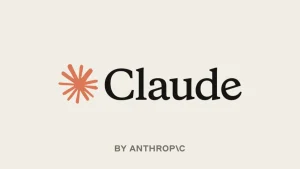

Anthropic’s Claude has emerged as a strong competitor to GPT-4, gaining significant popularity among developers and businesses.
Notable Aspects:
- Focus on “constitutional AI” for improved safety and ethics
- Strong performance in reasoning and analysis tasks
- Available through API and chat interface
- Adopted by companies like Quora and DuckDuckGo
Claude’s emphasis on safety and ethical considerations sets it apart in the LLM landscape, making it an attractive option for businesses concerned with responsible AI deployment.
Learn more about Claude.
3. PaLM 2 / Gemini (Google)
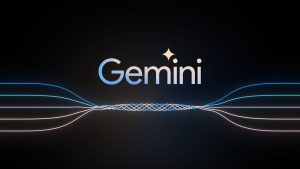

Google’s latest LLM offerings have garnered attention for their impressive capabilities and integration with Google’s ecosystem.
Key Points:
- Powers Google’s Bard chatbot and other AI features
- Strong performance in multilingual tasks
- Seamlessly integrated into Google’s product ecosystem
- Gemini offers multimodal capabilities similar to GPT-4
As Google continues to invest heavily in AI research, PaLM 2 and Gemini are poised to play significant roles in shaping the future of LLMs.
Learn more about Gemini.
4. LLaMA (Meta)
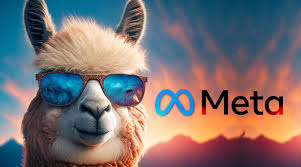

Meta’s open-source LLaMA models have become increasingly popular among researchers and developers, offering strong performance in smaller model sizes.
Highlights:
- Available in various sizes (7B to 70B parameters)
- Strong performance despite smaller model sizes
- Widely used for fine-tuning and creating custom models
- Powers Meta’s AI chatbot and other applications
LLaMA’s open-source nature has sparked a wave of innovation, with developers creating specialized models for various applications.
Learn more about LLaMA.
5. BERT (Google)
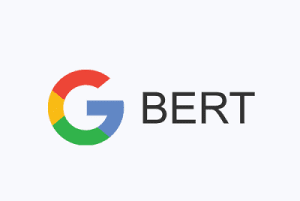

While older than some other models on this list, BERT remains widely used and influential in the field of natural language processing.
Key Aspects:
- Pioneered bidirectional language understanding
- Powers Google Search and other language understanding tasks
- Widely adopted in academic and industry research
- Available in multiple languages and variants
BERT’s continued relevance demonstrates the lasting impact of well-designed language models in the AI ecosystem.
6. Le Chat (Mistral AI)


Mistral has gained popularity as a powerful open-source alternative, offering strong performance in smaller model sizes.
Notable Features:
- Available in 7B and 8x7B (Mixtral) versions
- Strong performance relative to its size
- Used for various applications and fine-tuning projects
- Growing ecosystem of developers and researchers
Mistral’s efficient design and open-source nature make it an attractive option for developers looking to build custom AI applications.
Learn more about Mistral AI and Le Chat.
7. Cohere Command


Cohere’s Command models have found popularity in enterprise applications, focusing on business use cases and customization.
Key Points:
- Focused on business use cases and customization
- Strong multilingual capabilities
- Available through API with various size options
- Used by companies for content generation and analysis
Cohere Command’s specialization in enterprise applications demonstrates the growing trend of LLMs tailored for specific industry needs.
8. Falcon (Technology Innovation Institute)
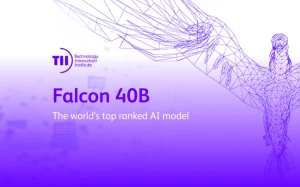

The open-source Falcon models have attracted attention for their capabilities and performance on various benchmarks.
Highlights:
- Available in 7B, 40B, and 180B parameter versions
- Strong performance on various benchmarks
- Used for research and development of custom applications
- Growing community of developers and researchers
Falcon’s range of model sizes and strong performance make it a versatile choice for researchers and developers alike.
9. BLOOM (BigScience)
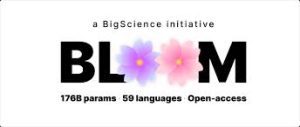

BLOOM stands out for its multilingual capabilities and unique, collaborative development process.
Key Aspects:
- 176B parameter model trained on 46 languages
- Developed through a collaborative, open-science approach
- Used for research and multilingual applications
- Available for non-commercial use
BLOOM’s focus on multilingual capabilities and open development process highlights the importance of diversity and collaboration in AI research.
Learn more about BLOOM and HuggingFace.
10. Grok (xAI)
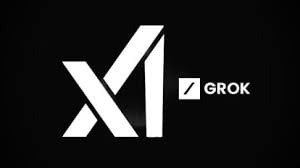

While newer to the scene, Grok has gained attention due to its association with Elon Musk’s xAI and unique training approach.
Notable Features:
- Trained on real-time data from X (formerly Twitter)
- Aims to provide more personality and wit in responses
- Currently in limited beta testing
- Generating interest due to its unique training approach
Grok’s focus on real-time data and personality in responses showcases the potential for LLMs to evolve beyond traditional training methods.
Learn more about Grok.
Conclusion: The Future of Large Language Models
As we look ahead, the landscape of LLMs is set to become even more diverse and capable. Here are some trends to watch:
- Increased Specialization: We’re likely to see more LLMs tailored for specific industries or tasks, offering enhanced performance in niche areas.
- Improved Efficiency: Research into more efficient training methods and model architectures will likely result in smaller models with comparable performance to larger ones.
- Enhanced Multimodal Capabilities: Future LLMs will likely excel at processing and generating various types of data, including text, images, audio, and video.
- Stronger Ethical Safeguards: As LLMs become more powerful, we can expect increased focus on developing models with robust safety features and ethical guidelines.
- Greater Accessibility: Continued efforts in open-source development and API access will make advanced LLMs more accessible to developers and businesses of all sizes.
When choosing an LLM for your specific needs, consider factors such as performance, cost, ethical considerations, and the specific features required for your use case. The field of LLMs is rapidly evolving, so staying informed about the latest developments is crucial for making the best decision for your projects.
Whether you’re a developer looking for the best coding LLM, a researcher exploring the frontiers of AI, or a business leader seeking to integrate language models into your operations, the diverse landscape of LLMs in 2024 offers exciting possibilities for innovation and growth.











